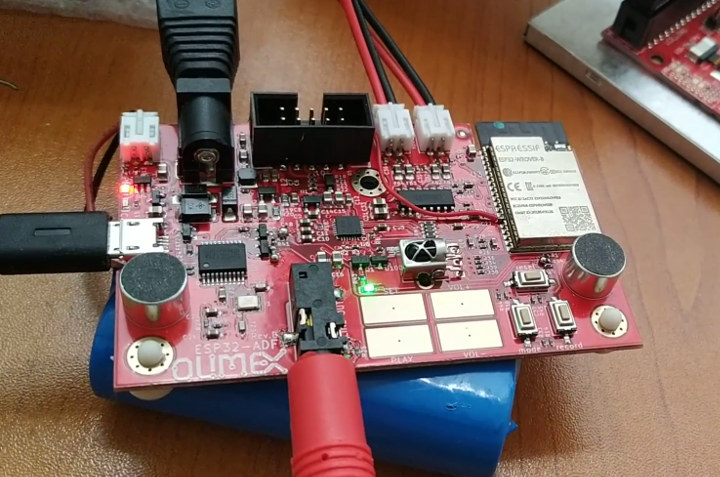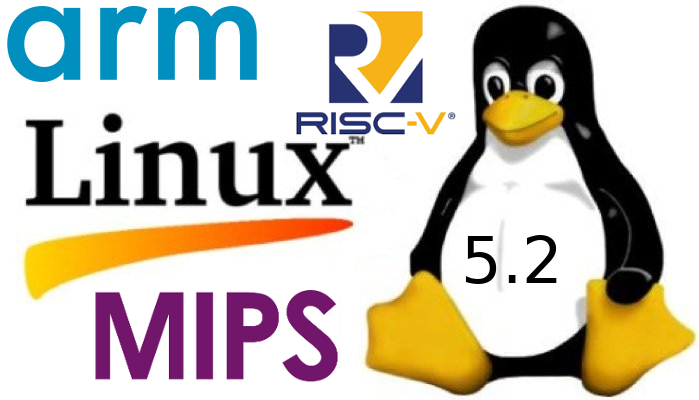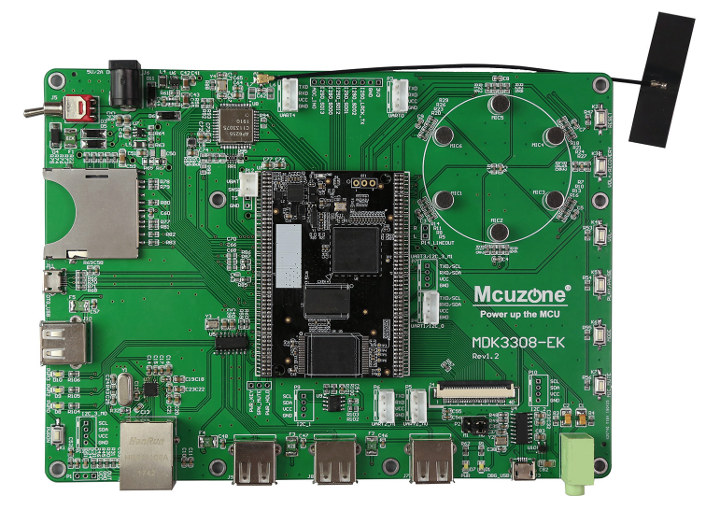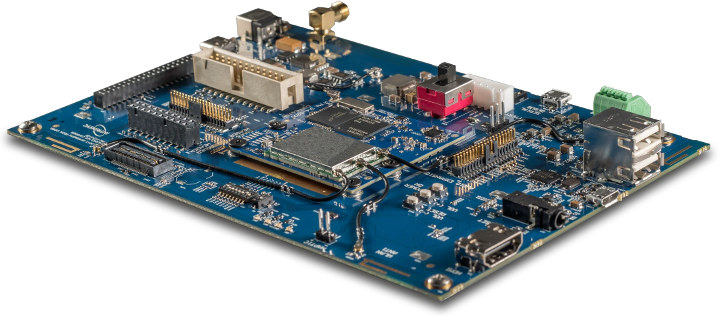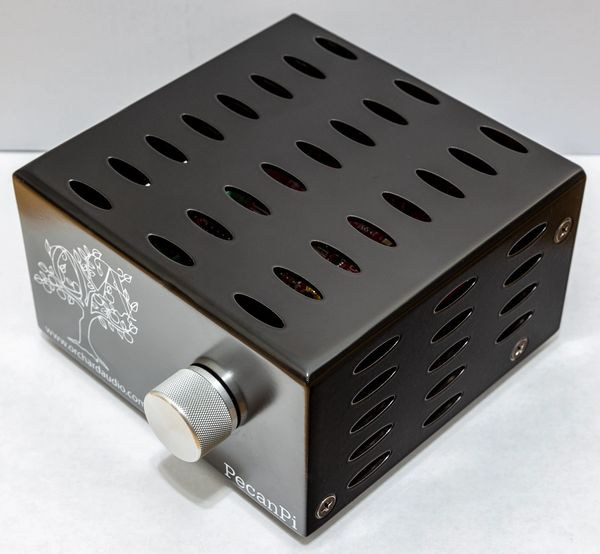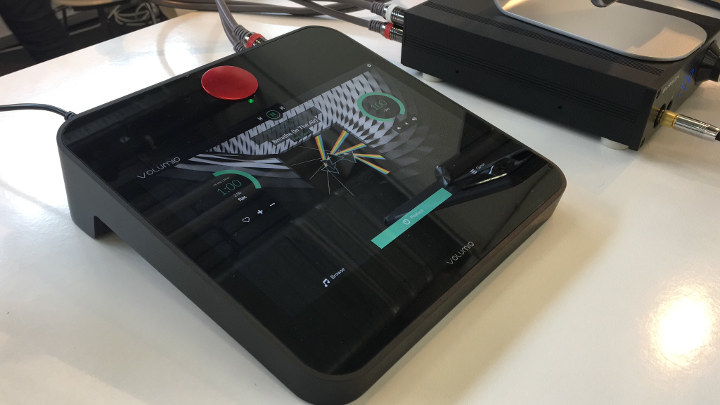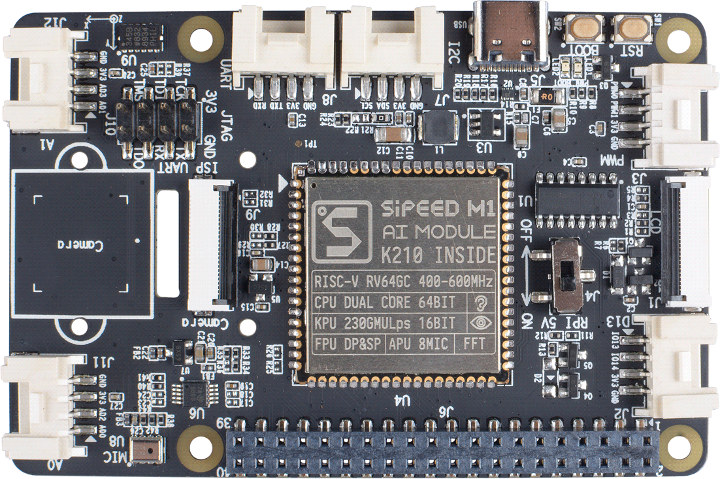We’ve already covered several (smart) audio boards based on ESP32 WiSoC, including the Espressif’s own ESP32-LyraTD-MSC Audio Mic HDK, as well as third party boards such as TTGO TAudio or Seeed Studio ESP32-A1S all compatible with the company’s ESP-ADF (Audio Development Framework) compatible with Baidu DuerOS, Google Assistant and Amazon Alexa. Olimex ESP32-ADF adds another ESP32 audio option, and AFAIK the first one that is open source hardware, with two speakers, and a dual-microphone that enable projects such as Alexa smart speaker, internet radio receiver, or SiP VoIP phone. Olimex ESP32-ADF specifications: Wireless Module – ESP32-WROVER-B with 8MB PSRAM, 4MB Flash, WiFi 4 and Bluetooth 4.2 LE Audio Stereo microphones Stereo 2x3W speakers with amplifier Audio output jack Display – UEXT connector for optional 2.8″ LCD display USB – 1x micro USB port for power supply and programming Misc – IR receiver, 4x touch buttons, 3x tactile buttons Build-in programmer […]
Linux 5.2 Release – Main Changes, Arm, MIPS & RISC-V Architectures
Linus Torvalds announced the release of Linux 5.2 last Sunday: So I was somewhat pre-disposed towards making an rc8, simply because of my travels and being entirely off the internet for a few days last week, and with spotty internet for a few days before that [*]. But there really doesn’t seem to be any reason for another rc, since it’s been very quiet. Yes, I had a few pull requests since rc7, but they were all small, and I had many more that are for the upcoming merge window. Part of it may be due to the July 4th week, of course, but whatever – I’ll take the quiet week as a good sign. So despite a fairly late core revert, I don’t see any real reason for another week of rc, and so we have a v5.2 with the normal release timing. There’s no particular area that stands […]
Android Patch Brings Bluetooth SBC Codec Audio Quality on-par with aptX
In the context of CNX Software’s topics, SBC usually stands for “Single Board Computer”, but SBC also stands for “SubBand Codec“, a standard and mandatory Bluetooth codec which is supported by all headphones, portable speakers, car head units, and basically everything that plays audio over Bluetooth. SBC is known as a basic and low-quality Bluetooth codec, so people will often recommend using other codecs such as aptX, AAC or LDAC wherever possible, but ValdikSS has submitted a patch for Android which improves Bluetooth SBC codec audio quality on most existing devices, allegedly making it as good as the high quality aptX HD codec. ValdikSS explains this basically works by increasing the bitrate: My patchset bypass Android Bluetooth stack limitations and increase bitrate from stock 328 kbps to 452 or 551 kbps, depending on device speed capabilities. It’s already merged into LineageOS 15.1 and 16.0, Resurrection Remix and crDroid alternative Android […]
Mcuzone RK3308 SoM and MDK3308-EK Evaluation Kit are Designed for Smart Voice Applications
Rockchip RK3308 is a quad-core Cortex-A35 processor that was announced in 2018 together with RK3326 specifically for Smart AI solutions. While the processor is equipped with an RGB LCD output interface, it does not come with a 2D or 3D graphics accelerator, so it’s better suited to smart speakers with an optional display using a basic user interface. I’ve not seen many hardware platforms or boards based on the processor, but today I noticed “Hangzhou Wild Chip Tech” had an RK3308 system-on-module, as well as development kits for sale on Aliexpress with the module price starting at $23. Mcuzone MDK3308 Coreboard Specifications: SoC – Rockchip RK3308 quad-core Cortex-A35 processor @ 1.3 GHz with NEON and VFPv4 FPU System memory / storage configurations: 256MB DDR3/3L + 256MB NAND flash 512MB DDR3/3L + 8GB eMMC flash 2x 100-pin dual row headers (1.27mm pitch) exposing: Display – LCD interface up to 1024×600 (RGB), […]
Intrinsyc Launches Open-Q 212A SoM & Qualcomm Home Hub 300 Development Kit
Intrinsyc has just announced the availability of the Open-Q 212A system-on-module and Home Hub Development Kit based on Qualcomm Home Hub 300 Platform powered by the Qualcomm APQ8009 SoC better known as Snapdragon 212. The module supports multi-mic beamforming, audio canceling, HiFi audio, as well as WiFi 5 and Bluetooth connectivity, which makes it suitable for integration into cost-sensitive home hub, home automation, and smart audio devices featuring voice control, AI, and wireless connectivity. Open-Q 212A system-on- module Open-Q 212A SoM, which should not be confused with the company’s Open-Q 212 SBC released two years ago, features for the following specifications: SoC – Qualcomm Snapdragon 212 processor (APQ8009) quad-core Arm Cortex-A7 @ 1.267GHz with Adreno 304 GPU, Qualcomm QDSP6 DSP System Memory – 1GB LPDDR3 RAM Storage – 4GB eMMC Flash storage Video – 720p@30fps playback; up to 720p playback with H.264 (AVC) and H.265 (HEVC); up to 720p H.264 […]
PecanPi Audio Streamer with Volumio, Squeeze or Rune Audio Goes for $399
We’ve recently covered the upcoming Volumio Motivo audio streamer, but there’s another product for audiophiles running Volumio audio software. Orchard Audio PecanPi Streamer is based on Raspberry Pi 3 boards combined with the company PecanPi DAC HAT bringing high-quality audio to the Raspberry Pi. PecanPi Streamer specifications: SBC – Raspberry Pi 3 Model B with WiFi, Ethernet, 4x USB ports. PecanPi DAC HAT Texas Instruments PCM1794A high performance stereo 24-bit DAC, 192KHz sampling HW volume control and re-clocking via TI SRC4193 sample rate converter XLR Output: Signal to Noise Ratio (SNR): 130dB (A-weighted) Dynamic Range (DNR): 125dB Total Harmonic Distortion + Noise (THD+N): -110dB or 0.0003% Output Voltage: 5Vrms RCA Output: Signal to Noise Ratio (SNR): 124dB (A-weighted) Dynamic Range (DNR): 121dB Total Harmonic Distortion + Noise (THD+N): -110dB or 0.0003% Output Voltage: 2.5Vrms Headphone Amplifier (Dual parallel OPA1622): 390mW peak power into 32 ohms 780mW peak power into 16 […]
Volumio Motivo is a Gorgeous Audio Streamer Powered by SOPINE A64 SoM
Volumio is a well-known Linux based open source music player for Raspberry Pi, UDOO, Cubox-I, Beaglebone Black, and other single board computers. Some companies even made audiophile boards with support for Volumio including Khadas Tone high-resolution audio board for VIM/VIM2 SBC’s, and the tiny VoltaStream ZERO following Raspberry Pi Zero form factor. But Volumio team has decided to make their own hardware with Motivo, an awesomely looking audio streamer designed in collaboration with Yottamusic engineering firm, and Design Narratives industrial design company. Motivo was introduced at High-End Munich, the world’s biggest Hi-Fi trade fair, and Pine64 posted some photos in a tweet claiming it was powered by their SOPINE A64 system-on-module. The full details about the device have not been published at the time of writing, but we can still derive some of Volumio Motivo specifications and key features from the photos and a few bits of public information: System-on-Module […]
Grove AI HAT Helps Raspberry Pi Run Edge Computing Workloads
Last year we wrote about Kendryte K210 dual core RISC-V processor specifically designed for for machine vision and machine hearing as well as the corresponding Kendryte KD233 which enables inference at the edge, e.g. tasks such as face recognition or object detection. Latter on we found the processor in Sipeed M1 module which went for as low as $5 in a crowdfunding campaign, and was fitted to some low cost boards now selling for $12.90 on Seeed Studio. The latter company has now designed Grove AI HAT that aims to assist Raspberry Pi in running the edge computing workloads previously described, as exposes 6 Grove interfaces to extend functionality with some of the Grove add-on modules. Grove AI HAT specifications: AI Module – Sipeed “MAIX” M1 with Kendryte K210 dual core RISC-V processor @ 600 MHz, KPU Convolutional Neural Network (CNN) hardware accelerator, APU audio hardware accelerator, 8 MB general […]


